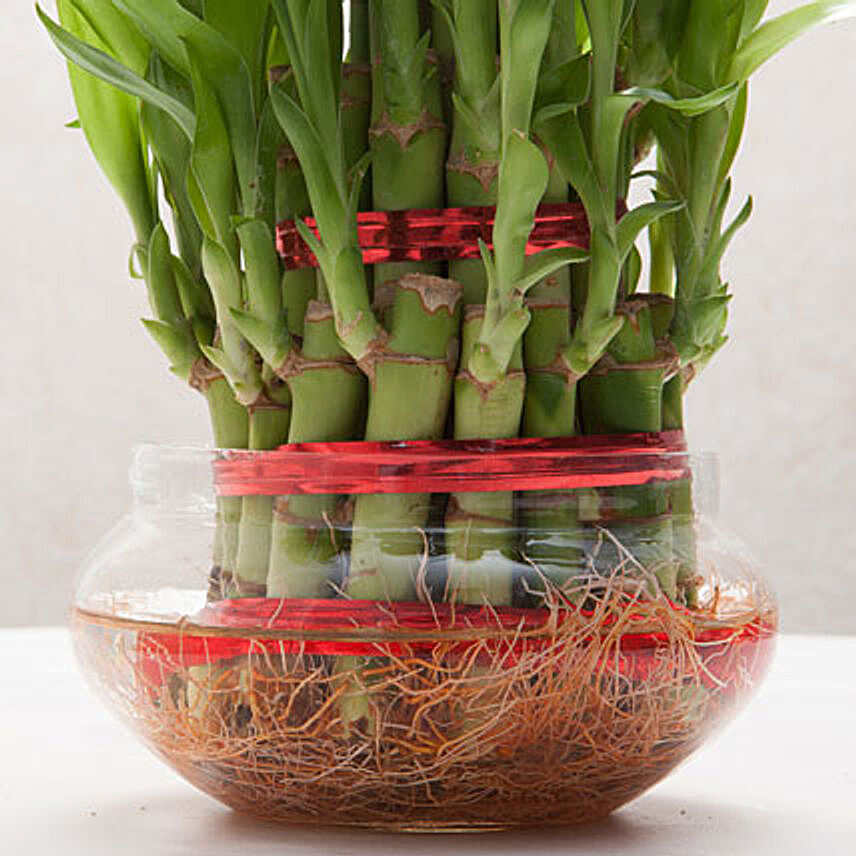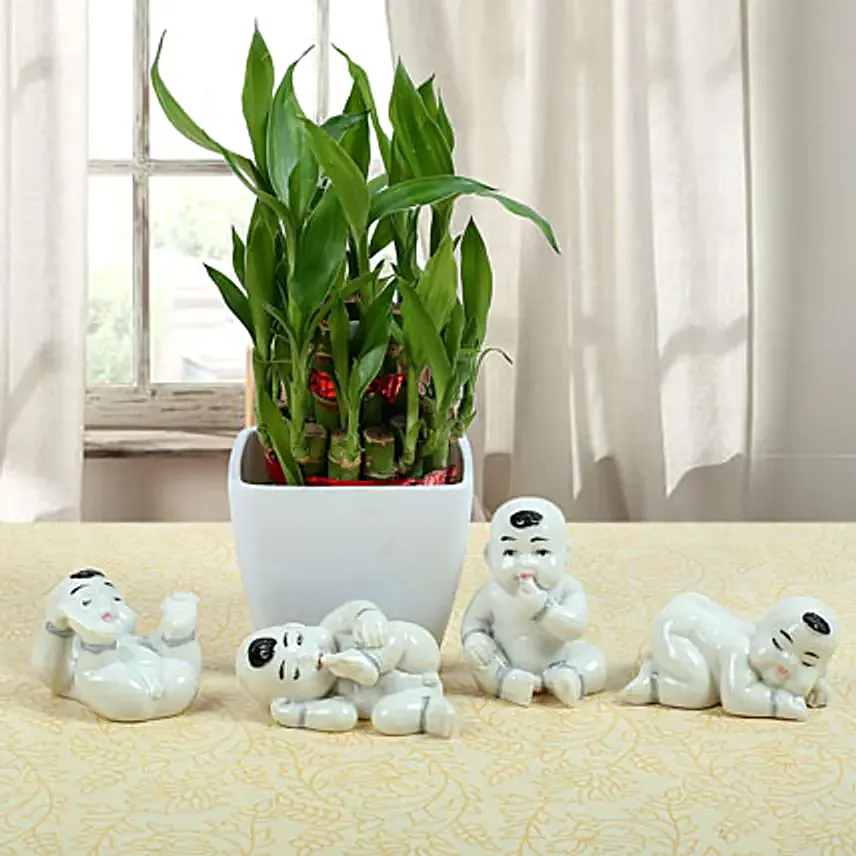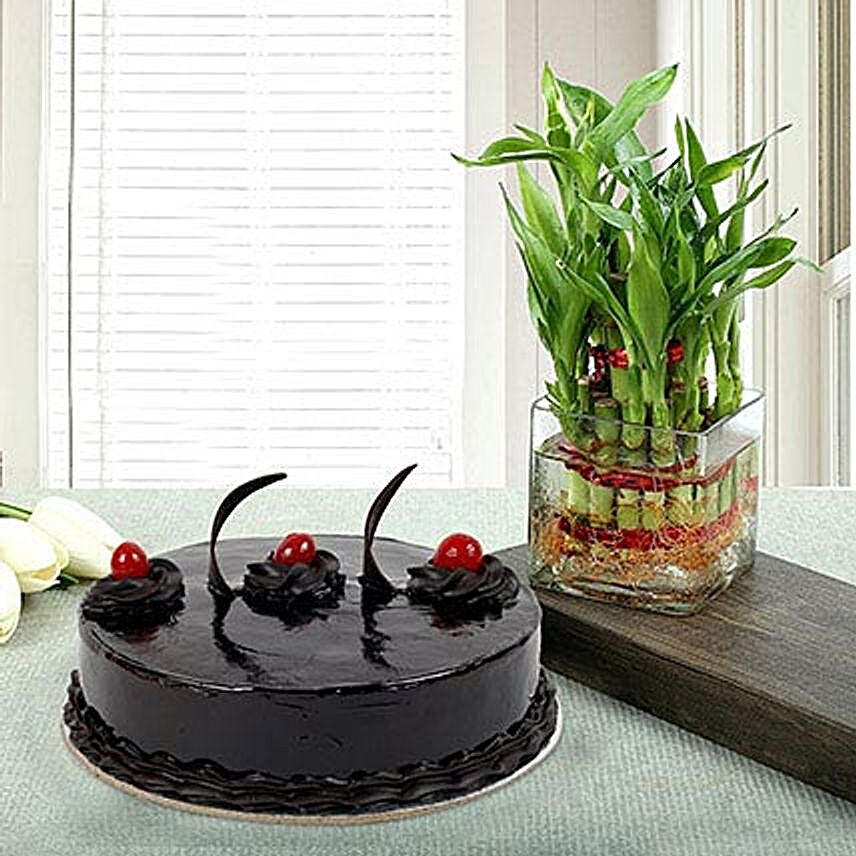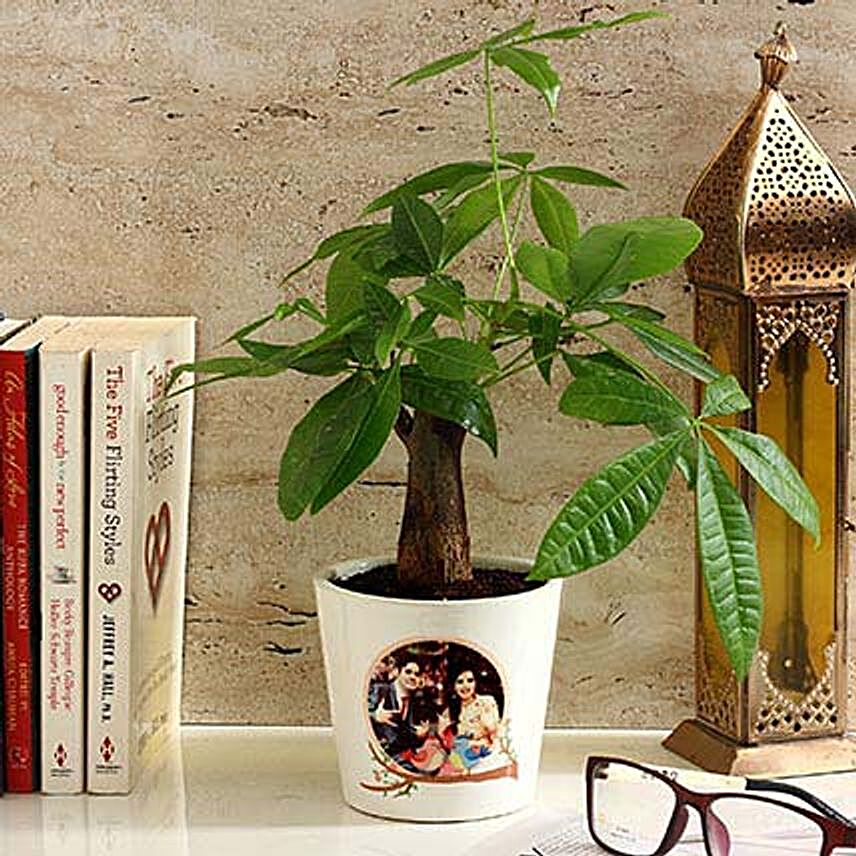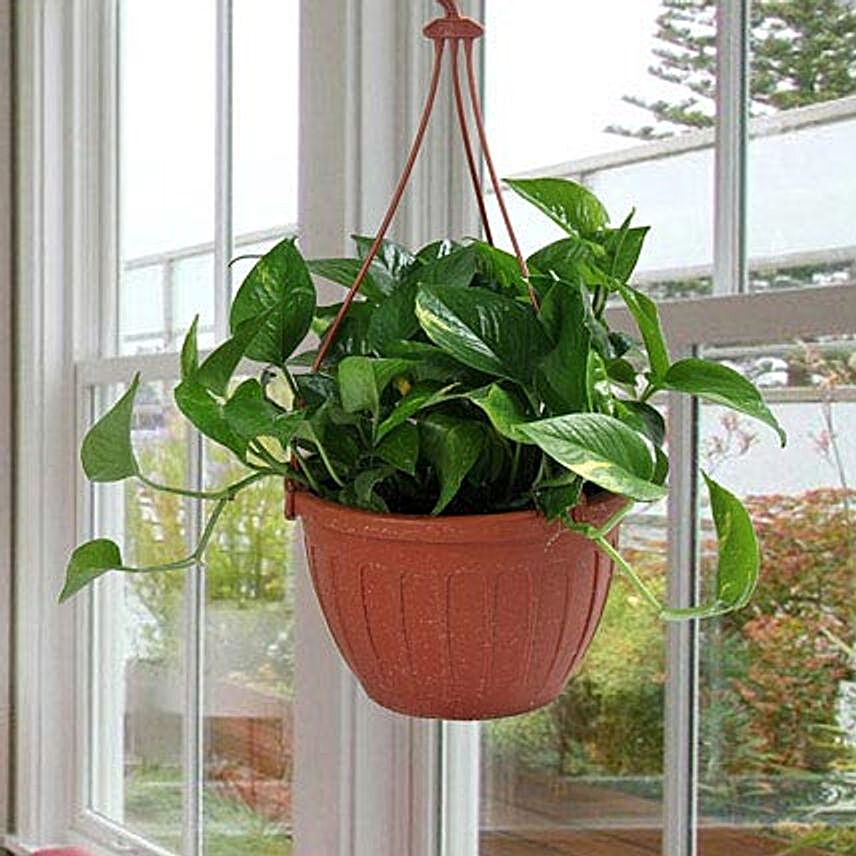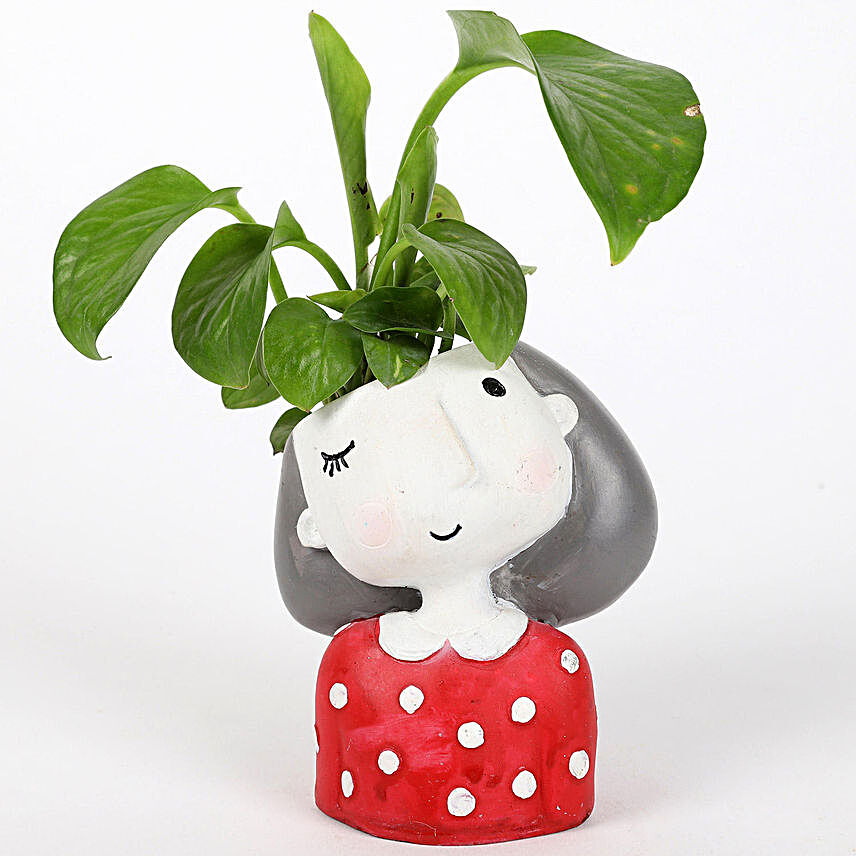Know More About Philodendron Plants
- Author: Apeksha Rawat Published: 24th October, 2019
Philodendron is a classic houseplant, which is easy to care for. The name ‘philodendron’ is derived from the Greek words- ‘Philo’ means love and ‘Dendron’ means tree. It is a type of flowering plant that looks great and adds appeal to indoor
spaces which is why they are used for homes and offices. The origin of the philodendron plant lies in the rainforests of South America. It has several species and cultivars in a variety of sizes, shapes, and colors. This philodendron indoor
plant does not need much maintenance and can grow even in harsh conditions as well. It thrives indoors all year round without any complaints and also enjoy occasional stay outdoors in a shady spot when the weather is favourable. The philodendron
plant can remove pollutants like formaldehyde and clean the air. The plant’s leaves are big enough that they absorb moisture and release it as clean oxygen into the room.
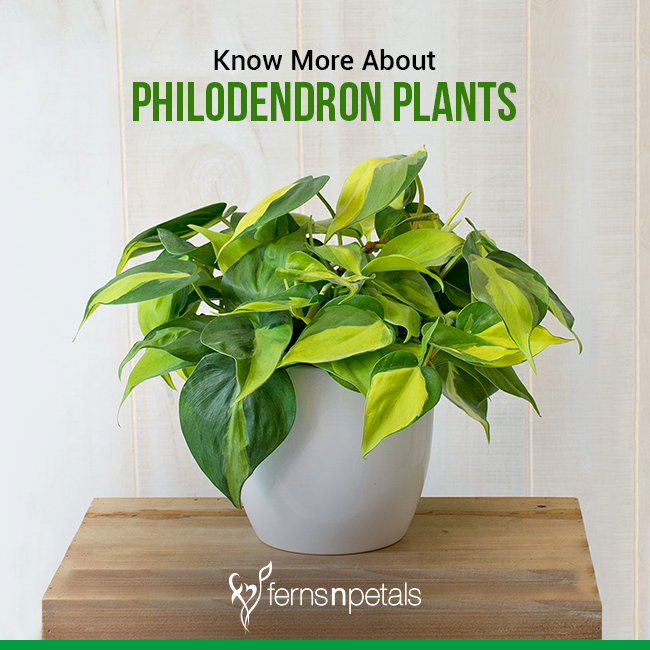
Physical Description of Philodendron:
- The leaves of philodendron plants are usually large and imposing, which are often lobed or deeply cut. They can also be oval, spear-shaped, or of any other possible shape.
- Philodendrons have both aerial and subterranean roots. The aerial roots originate from plant’s nodes or occasionally from an internode. They allow the plant to attach itself to a tree or other plant and help it to collect water and nutrients.
- Philodendron also produces cataphylls. They are modified leaves that surround and guard the newly forming leaves. Cataphylls are green, leaf-like structures and rigid while they are protecting the leaf.
- Some philodendrons have extrafloral nectaries found in a variety of locations on the plant, including the stalks, sheaths, and lower surfaces of the leaves.
Popular Types of Philodendron:
Lacy Tree Philodendron
The botanical name for lacy tree philodendron is Philodendron bipinnatifidum and it is native to southeastern Brazil. The lacy tree philodendron is also known as split-leaf philodendron which can grow up to a height of about 3 feet and spread up to 6 feet wide.
Heartleaf Philodendron
The botanical name for heartleaf philodendron is Philodendron cordatum and it is native to southeastern Brazil. The heartleaf philodendron is also known as the sweetheart plant. It has heart-shaped, glossy leaves that grow typically 2-4 inches long and grow up to 4 ft. or more.
Red-Leaf Philodendron
The botanical name for red-leaf philodendron is Philodendron erubescens. It can grow vigorously up to 20 feet and has 10-16 inches dark-green arrow-shaped leaves that are red to copper on the underside.
Caring Tips for the Philodendron Plant:
Light- Philodendrons thrive well in medium light and bright direct sunlight. If many leaves of the philodendron plant are turning yellow at the same time, then it is an indication that they are giving too much direct light.
Soil- Philodendrons prefer rich, loose potting soil that drains well but is still high in organic matter.
Water- Water the philodendron plant when the top part of soil dries out. Do not overwater as philodendron will rot if kept soggy. The falling leaves indicate the plant is not getting enough water. Droopy leaves mean the plant is getting too much or not enough water.
Temperature- The ideal temperature for suitable growth of philodendrons is between 65 to 78 degrees F during the day and around 60 degrees F at night.
Facts about Philodendron:
- Philodendrons are divided into three basic groups- epiphytes, hemi epiphytes, and terrestrial plants.
- Some varieties of philodendron start their life in the soil and slowly grow towards the highest part of the canopy. While others start their life high in the canopy.
- Flowers of philodendron emit pheromones that attract male beetles of the subfamily Dynastinae and Rutelinae that are responsible for the pollination of these plants.
- Philodendron propagates via seeds and cuttings.
- Philodendron is an important source of food for bats and monkeys in the wild.
- Some varieties of philodendron produce a sugary liquid that attracts ants. The colonies of ants protect against pest insects in the wild.
- Some species of philodendron are poisonous for mice, cats, and rats.
